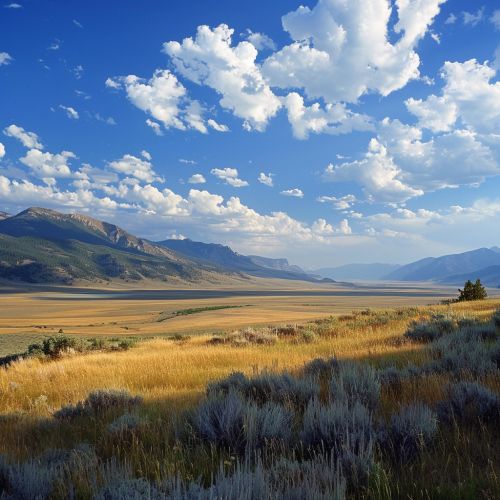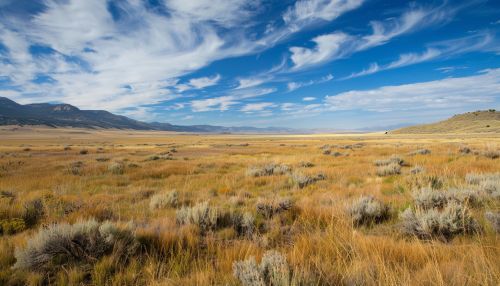History of Wyoming
Pre-Colonial Era
The region now known as Wyoming has a rich history that dates back thousands of years. Archaeological evidence suggests that the area was inhabited by various indigenous tribes as early as 12,000 years ago. These early inhabitants were primarily hunter-gatherers who relied on the abundant wildlife and natural resources of the region. Notable tribes included the Shoshone, Arapaho, Cheyenne, and Crow.
European Exploration
The first recorded European exploration of Wyoming was conducted by French-Canadian trappers and traders in the early 18th century. These explorers were primarily interested in the lucrative fur trade and established trade routes and relationships with the indigenous tribes. The Louisiana Purchase of 1803, in which the United States acquired a vast territory from France, included the land that would become Wyoming.


Early American Expeditions
In the early 19th century, several American expeditions ventured into Wyoming, most notably the Lewis and Clark Expedition (1804-1806). Although the expedition did not pass directly through Wyoming, it paved the way for future exploration and settlement. In 1812, Robert Stuart and a group of fur trappers discovered the South Pass, a crucial route through the Rocky Mountains that would later become a key part of the Oregon Trail.
Fur Trade Era
The fur trade era in Wyoming reached its peak between 1820 and 1840. During this period, fur trading posts and forts were established, including Fort Laramie and Fort Bridger. These posts served as important hubs for trade and interaction between trappers, traders, and indigenous tribes. The decline of the fur trade in the mid-19th century was due to over-trapping and changing fashion trends in Europe.
Westward Expansion and Settlement
The mid-19th century saw a significant increase in westward migration through Wyoming, driven by the promise of land and opportunity in the western United States. The Oregon Trail, California Trail, and Mormon Trail all passed through Wyoming, bringing thousands of settlers, miners, and pioneers. The discovery of gold in California in 1848 further accelerated this migration.
Territorial Era
Wyoming became a U.S. territory on July 25, 1868. The territorial period was marked by rapid development and the establishment of infrastructure. The Union Pacific Railroad reached Wyoming in 1867, facilitating transportation and commerce. The territorial capital was initially located in Cheyenne, which quickly grew into a bustling city.
Statehood and Early 20th Century
Wyoming was admitted to the Union as the 44th state on July 10, 1890. The state's early years were characterized by economic growth driven by agriculture, mining, and the railroad industry. Wyoming was also a pioneer in women's rights, being the first state to grant women the right to vote in 1869 and the first to elect a female governor, Nellie Tayloe Ross, in 1924.
Modern Era
The 20th century brought significant changes to Wyoming's economy and society. The discovery of oil and natural gas in the early 1900s transformed the state into a major energy producer. The development of national parks and monuments, including Yellowstone National Park, boosted tourism and conservation efforts. Wyoming's economy diversified further with the growth of the technology and service sectors in the late 20th and early 21st centuries.
